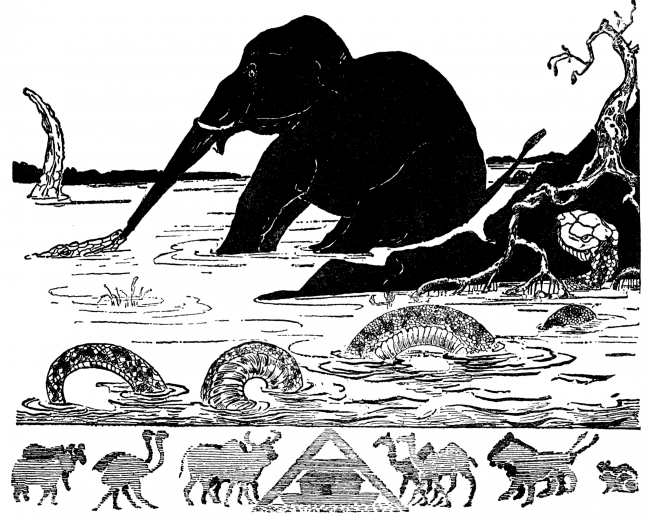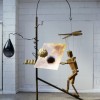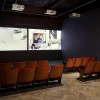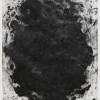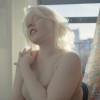The subjects of the exhibition are as follows: Rudyard Kipling’s Just So Stories, E. Nesbit’s The Railway Children, Roald Dahl’s Charlie and the Chocolate Factory, J. R. R. Tolkien’s The Hobbit, J. M. Barrie’s Peter Pan and Wendy, Frances Hodgson Burnett’s The Secret Garden, Michael Bond’s Paddington Bear, Kenneth Grahame’s The Wind in the Willows, Mary Norton’s The Borrowers and Ted Hughes’ The Iron Man.
In the case of The Secret Garden, different illustrations depicting the character Mary Lennox outside the walls of the Secret Garden have been placed side by side, inviting the visitor to draw comparisons. Charles Robinson’s magical depictions are magical and mystical, and charmingly innocent. Angela Barrett’s however, is less naturalistic. Her illustration may be described as a decorative component complimenting the text; composed of tiny pen strokes, using bright, luminous colours. Lauren Child’s pictures are examples of her trademark style of mixed media; combining drawings of pencil, pen and ink, with collages of fabric and patterned paper. The Library’s narrative accompanying Child’s book explains that she chose to emphasise the positive effect The Secret Garden had on the formerly morose girl Mary Lennox, by contrasting bleak, dark and bland colours with bright and vivacious ones. Whereas the aforementioned pictures have an “otherworldly” character, Michael Hague’s illustrations have an “every-day” quality, which is still present in current albeit based in a past era.
Arthur Rackham’s Wind in the Willows illustrations pay loving attention to the natural landscape, whilst John Burningham’s scenes are less naturalistic but more quirky and whimsical. In contrast again, David Roberts’ artworks are stylised images using abstract shapes and patterns, and contrasting colours. E. H. Shepherd’s non-colour line drawings are probably the most famous depiction of Wind in the Willows, cleverly expressing the personalities of different characters, and the daft situations they get themselves into during the course of the story.
